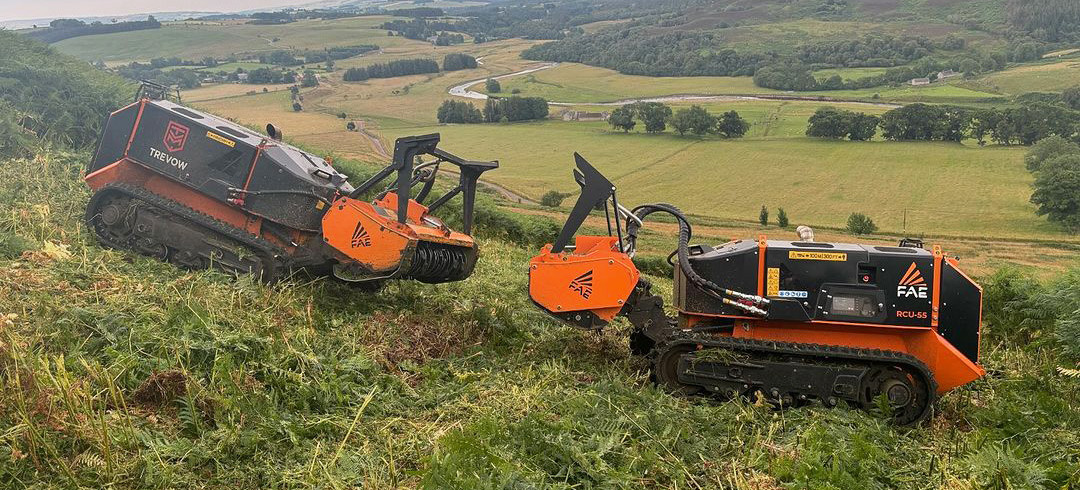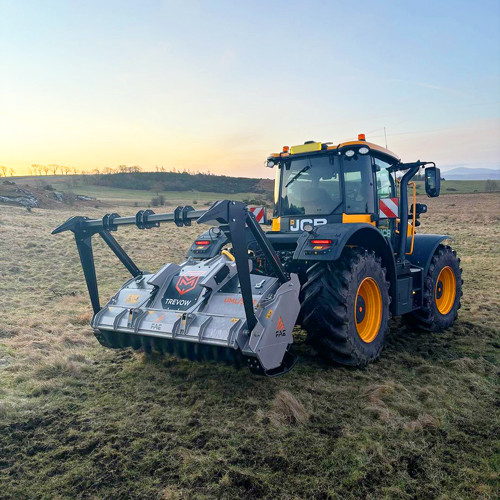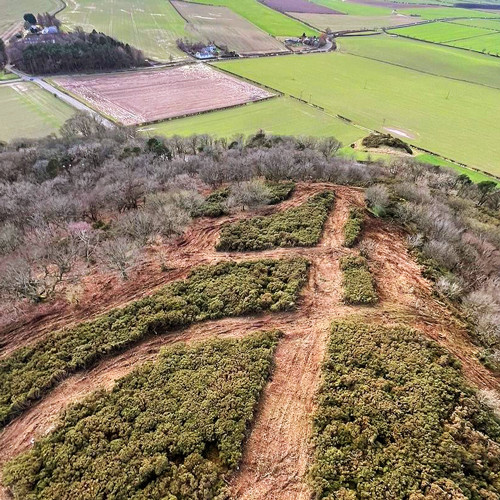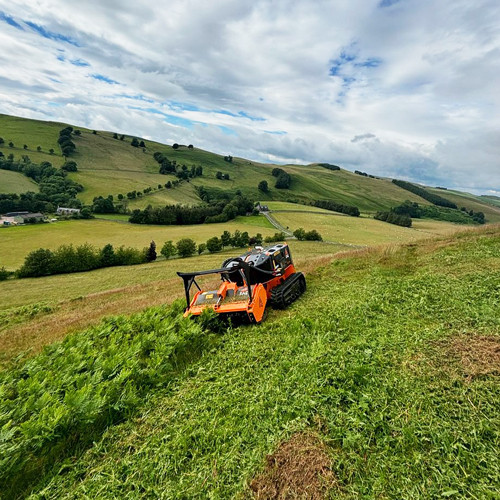
Trevow Vegetation Management, based in Alnwick (Northumberland), is a privately owned company operating in the vegetation management industry.
“Growing up helping my grandfather on his farm in Cornwall, I’ve always had a deep passion for the countryside, and before embarking on a thirteen-year professional rugby career, I studied agriculture at Cirencester Agricultural College”, says the founder and owner, Tom.

“After enjoying a long and successful career on the rugby pitch, I worked in the city, but I always had a burning desire to return to my rural roots. So I welcomed the opportunity to move from London to my wife’s home county of Northumberland. Post-Brexit, I recognized that the agricultural landscape would be slowly reshaped, with pressure on landowners and farmers to diversify to meet new requirements and enroll into new schemes. It was with this in mind that I founded Trevow (pronounced Tre-vo, meaning ‘home’ in Cornish) Vegetation Management”.
The company now operates successfully across the Northumberland and Scottish Borders countryside.
Trevow provides a wide range of contract services, including nature conservation projects and estate woodland clearance.
“With increasing storm damage in the North of England and the Scottish Borders, our specialist equipment is focused on private estates and landowners. Our main focus is on small-scale woodland clearance where larger machines have difficulty accessing sites or are too heavy to operate. We clear and prepare the ground for replanting or leave a blank canvas at the customer's discretion", says Tom.
 |
 |
"We rely on FAE machines for our work. We have a couple of RCU55 remote controlled tracked carriers and a UML/S/DT mulcher for tractors. Earlier this year, we used this mulcher with a JCB tractor to work on a combination of firebreaks and cleared forest tracks. We waited until February when the areas finally dried out."
“To ensure the woodland had protection against fire, we had to clear 5 m tracks. The material we had to clear was gorse over 25 years old. We had to reduce the gorse to a fine chip so there was no fuel load within the chip to cross the firebreak ride."
“The work area was 1200m², with a fuel consumption of 18 liters per hour”.
A general opinion about the machine?
“This was an ideal machine for the size of material that needed to be mulched down and packed into the soil to ensure there was no fuel load”, says Tom. “This machine creates a perfect chip that can rot away over a short period of time”.
 |
 |
As for the RCU55, Tom has been using it near East Lothian, south of Edinburgh. The site has geological interests that need to be protected from fire, so they were instructed to place a mosaic of rides to break up the gorse.
“In this case, we carried out the work over an area of 8000 m²,” Tom says. –“The working speed was of 4 km/h. We really appreciated the machine's maneuverability! It is ideal in steep and angulating areas but with the ability to have good visibility of the munching head to ensure there is no damage on geological materials."
“We will continue to build on our three main principles - quality, price and service - and with our FAE machines by our side, we are sure to succeed!”
Share your story with us! Contact: [email protected]